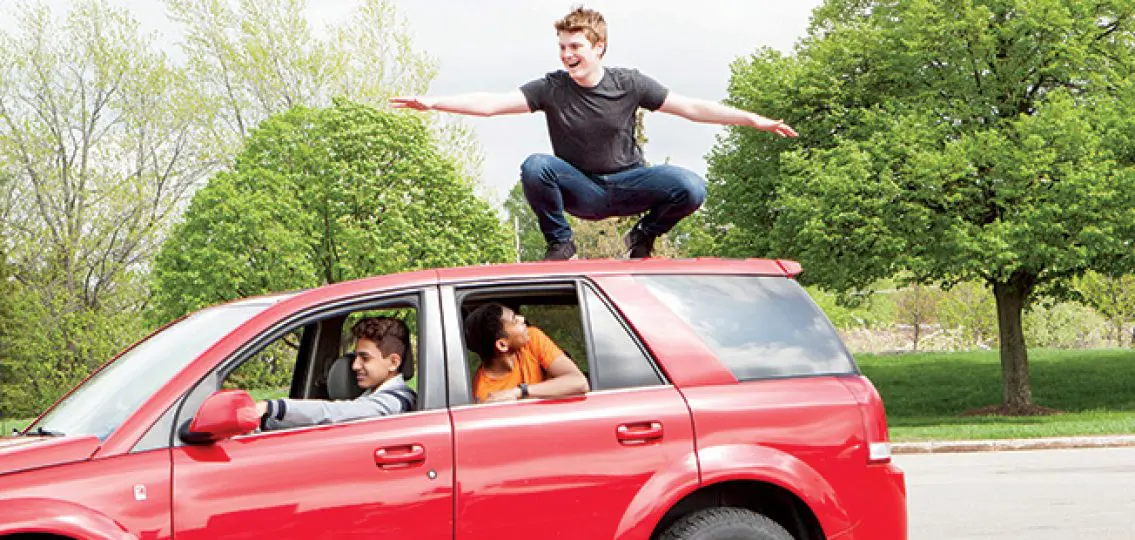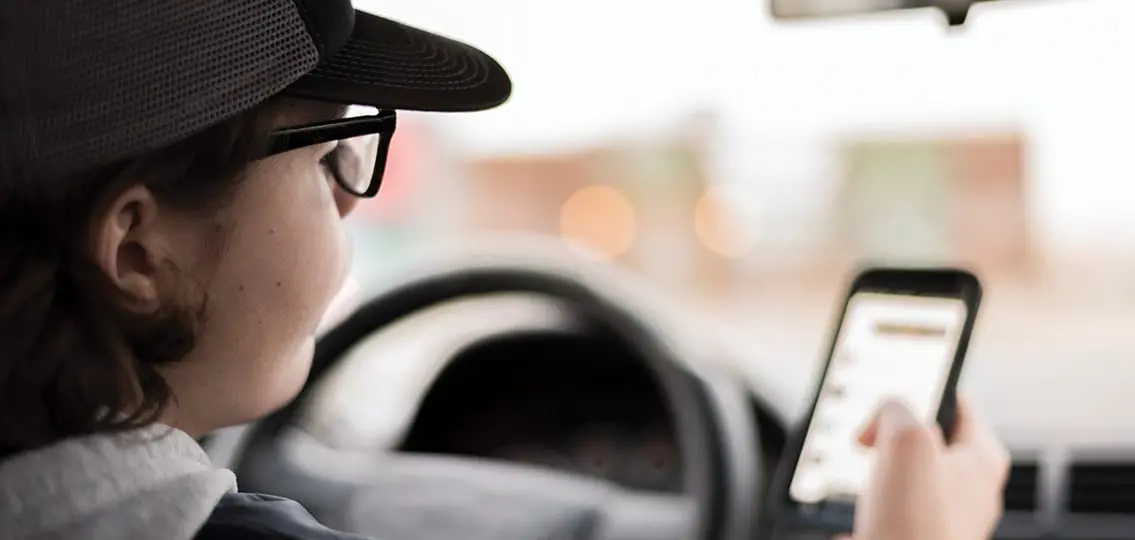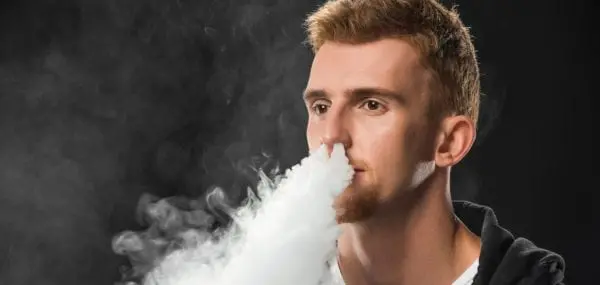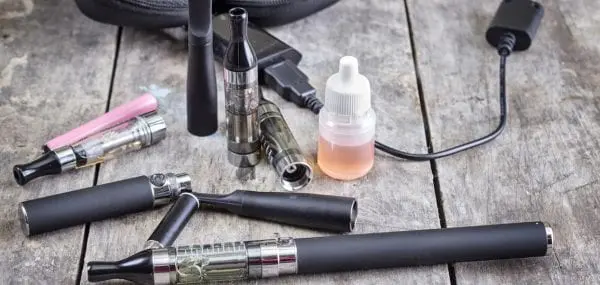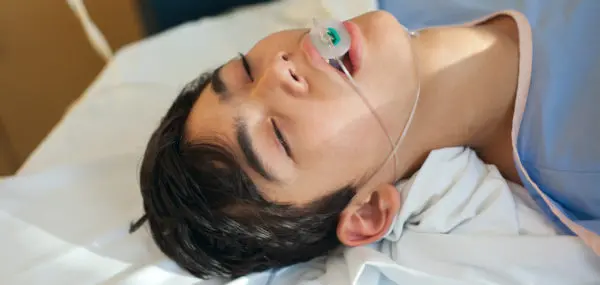When Jeanne Rossomme’s teenage son underwent shoulder surgery during wrestling season, she initially worried about his pain, not his pain medicine.
But one particular memory from that time stands out in her mind: “We brought our son home from the surgery, and, even though he was still woozy from the anesthesia, he gave me his Vicodin pills. When I asked why, he told me he was already getting texts from kids at school asking about them.”
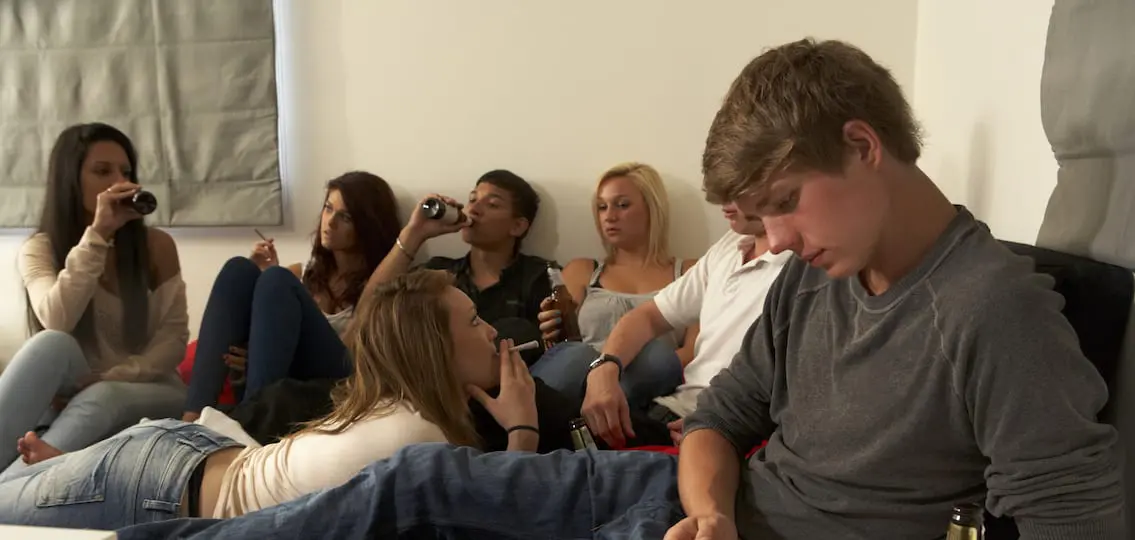
Misuse of prescription opioids by teens is one of the concerns found in The National Youth Risk Behavior Survey (YRBS), which is conducted every two years by the Centers for Disease Control and Prevention (CDC). The findings are used to improve adolescent health and understand the factors that contribute to the leading causes of illness and death among young people.
If you don’t have a forthcoming teen like Rossomme—and even if you do—the YRBS can help parents know what to keep an eye on in their teenagers and among their teens’ peers.
Adolescent health has improved overall, says Vincent Guilamo-Ramos, Ph.D., founder of the NYU Center for Latino Adolescent and Family Health, and coauthor of a number of parent fact sheets for the CDC based on research related to parenting and adolescent health.
Guilamo-Ramos, as both an expert and a parent educator, is in a unique position to translate the YRBS statistics and numbers into information families can use. (See below for key findings and for parent tips.)
It’s not all good news.
Adolescent Risk Trends
“Condom use among youth has decreased, adolescent depression and obesity are at all-time highs, and opioid overdoses and related deaths among youth have significantly increased,” he says.
Guilamo-Ramos also cautions parents that the YRBS shows that some kids are at additional risk for unhealthy outcomes. “Within the overall youth population, sexual minority youth—those who identify as gay, lesbian, or bisexual or who have sexual contact with persons of the same or both sexes—are particularly vulnerable to disproportionate rates of bullying, depression, drug and alcohol use, and violence.”
The Role Parents Can Play in Reducing Risky Behaviors
Risky behaviors established during childhood often persist into adulthood. Adolescence is a crucial time for developing healthy behaviors—and adults have an essential role to play.
“Students are more likely to thrive if they feel safe and have a sense of belonging—and if they have parents, adults, teachers, and friends who they know care about their success,” says Kathleen Ethier, Ph.D., director of the CDC’s Division of Adolescent and School Health.
Guilamo-Ramos agrees that parents have an essential role in impacting adolescent decisions regarding health and overall well-being.
“Too often, parents are unsure if what they say actually matters, and the truth is that research says it does.”
He says, “Teens want to hear from their parents on important issues and desire specific guidance.”
In the case of Jeanne Rossomme’s family, she and her husband tried to be open and honest with their kids on topics like drug use and abuse. She believes those conversations helped her boys make the right choices during high school, including the handing over of prescription pain medicine.
Just like medical check-ups, parent check-ins are good for your teen’s health.
Key Findings on Risk Behaviors in Teenagers:
What risky behaviors are teens engaging in? The YRBS found that, in the 30 days before the survey:
- Nearly 40% of high school student drivers had texted or e-mailed while driving.
- Close to 30% reported current alcohol use and 20% reported current marijuana use.
- About 14% of U.S. high school students reported misusing prescription opioids, a behavior that can lead to addiction, injection drug use, and increased risk for HIV.
- More than 14% used an electronic vapor product; about 9% smoked cigarettes.
- Mental health also continues to be a concern. In the year leading up to the survey:
- 31.5% of students felt so sad or hopeless they stopped doing their usual activities.
- Nearly 20% of students had been bullied on school property.
- 7.4% students had attempted suicide.
Communication and Parenting Tips from Dr. Guilamo-Ramos:
- Start early and check in regularly. Listen carefully to how your teen is feeling and what they are thinking.
- Show interest in what’s happening in their life. Let them know you care.
- Set clear rules and expectations about what you are okay with and what is not okay. Be fair and consistent about how you enforce rules.
- Before your teen becomes sexually active, teach them how to use condoms correctly. Explain that condoms must be used for each act of sex, including oral sex.
- Encourage your teen to get at least an hour of physical activity every day. It’s often tricky to fit in, but this can improve their physical and mental health.
- Explain to your teen that opioids are addictive and can be deadly if mixed with alcohol.
- Monitor prescribed medication in your home closely and keep it with you, even if a doctor prescribed it to your teen. And dispose of leftover pills.
- If you think your teen might be depressed, help them connect to and speak with a school counselor, psychologist, pediatrician, social worker, or other health professional.
- For LGBTQ kids, honestly face any complicated emotions you may be having about your teen’s sexual orientation or gender identity so that you can better accept your teen for who they are. Also, help your teen find youth-focused LGBT organizations that can support sexual minority youth to develop a healthy identity within a society that is often unaccepting.
